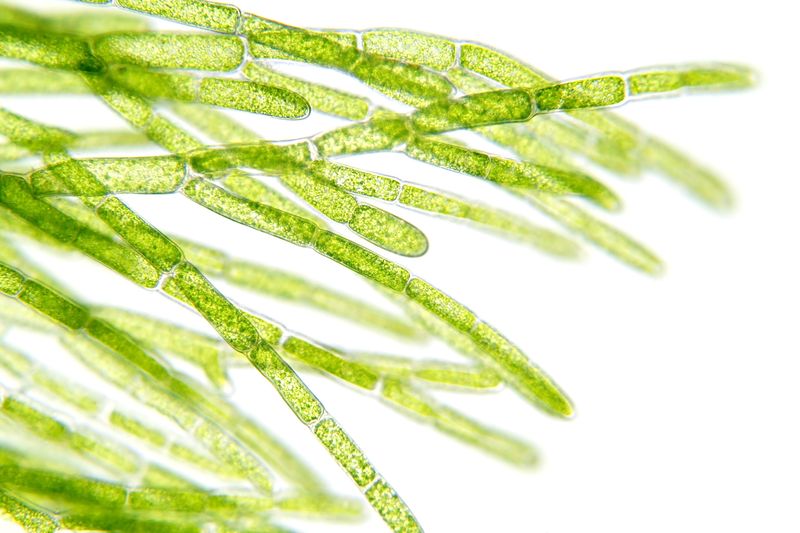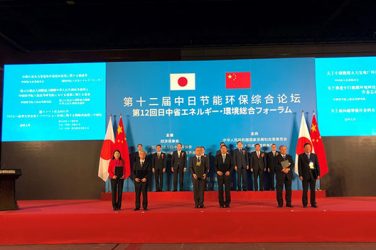According to United Nations forecasts, it’s considered to be complicated to feed a growing world population that will reach 9.8 billion by 2050, and to conserve natural resources for future generations.
Nevertheless, European scientists recently have dwelled on microalgae, also called phytoplankton, a sub-group of algae consisting of unicellular photosynthetic microorganisms which can be found in both seawater and freshwater. They have been scrutinized because of their extraordinary properties.
First and foremost, these microscopic organisms can be used for animal feed, particularly in aquaculture, and various foods including pasta, vegan sausages, energy bars, bakery products and vegetable creams.
Most commercial microalgae cultivation focuses on the production of dried biomass such as chlorella or spirulina powder as a food providing considerable health benefits. It’s crucial to mention that some microalgae strains not only accumulate up to 65–70% of protein but also are sustainable sources of omega-3 fatty acids – a substance that is conventionally derived mainly from fish and fish oil. Besides, additional bioactive compounds, such as vitamins B12, K or D, mean microalgae contain prominent health properties, potentially reducing the risk of dangerous deseases such as cancer and cardiovascular illness.
«Microalgae can be cultivated in a lot of locations, under very different conditions, » said Massimo Castellari, who is involved in the Horizon-funded ProFuture project aimed at scaling up microalgae production. «We can grow it in Iceland and in a desert climate. »
Nowadays, microalgae are cultivated in open- or closed-system photobioreactors, which are vessels designed to control biomass production. It’s believed that the closed-system version, being more expensive to build, offers more control over experimental parameters and less risk of contamination.
Biomass together with microalgae have to be processed, cleaned and dried before obtaining a usable powder. The next step is to scale up production to drive down costs. Moreover, there are a lot of pitfalls. Unfortunately, only a few species of microalgae are currently authorised in the European Union.
Astaxanthin, a powerful antioxidant and a blood-red pigment extracted from algae, is already used and it can be found in seafood. It is commonly used to colour shrimp. Astaxanthin is believed to have a positive impact on brain function, athletic performance and ageing skin.
Matteo Ballottari, associate professor of biotechnology at the University of Verona in Italy, helped start the European Research Council’s Horizon-funded project AstaOmega simultaneously in order to produce astaxanthin and omega-3 fatty acids in microalgae for aquaculture and human nutrition.
Scientists are absolutely sure that because of microalgae there is a chance to change the ways in which we eat for the better.
«Microalgae can help us to increase the protein production within Europe to reduce our dependence on other countries,» said Castellari of the ProFuture project.









Show Comments